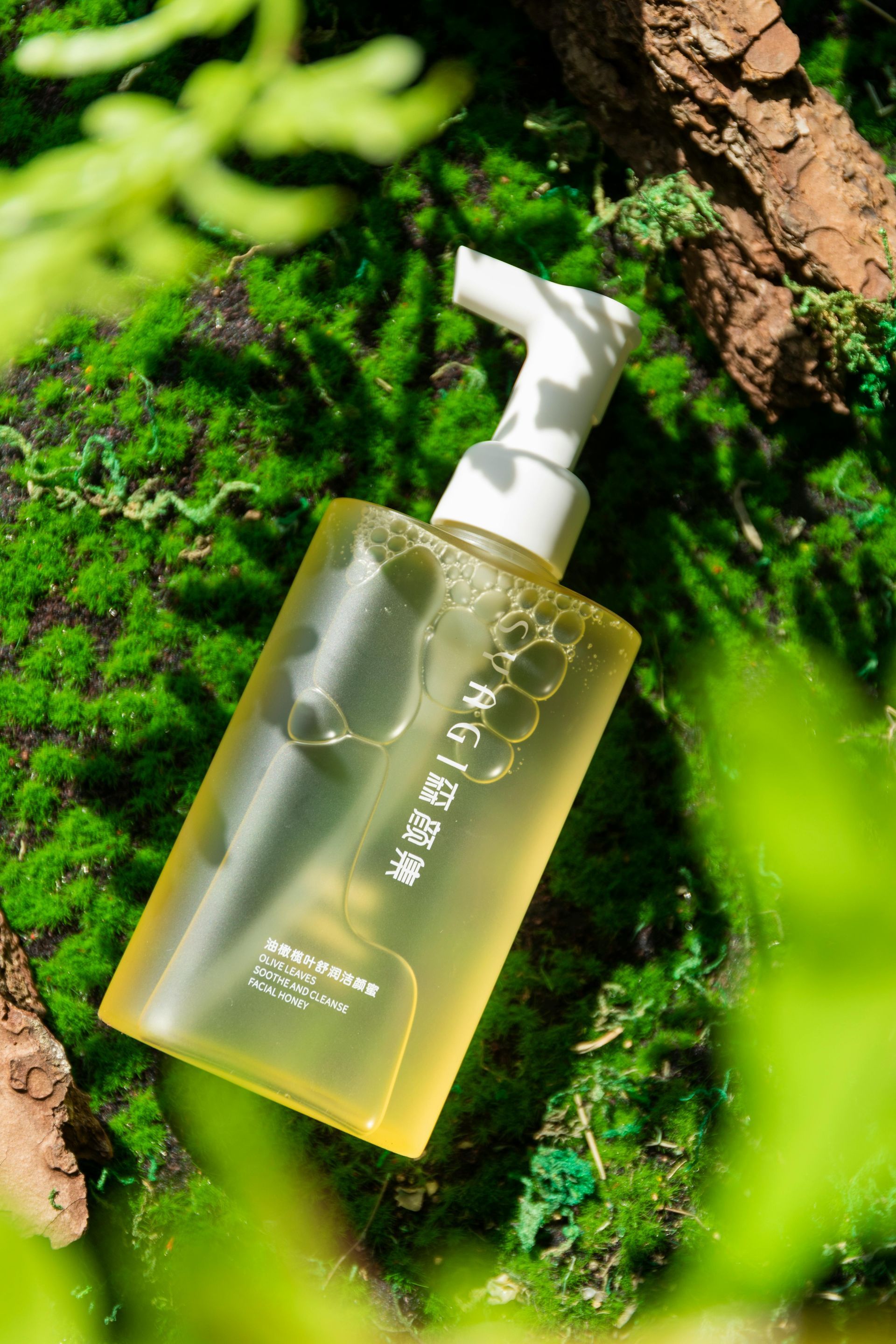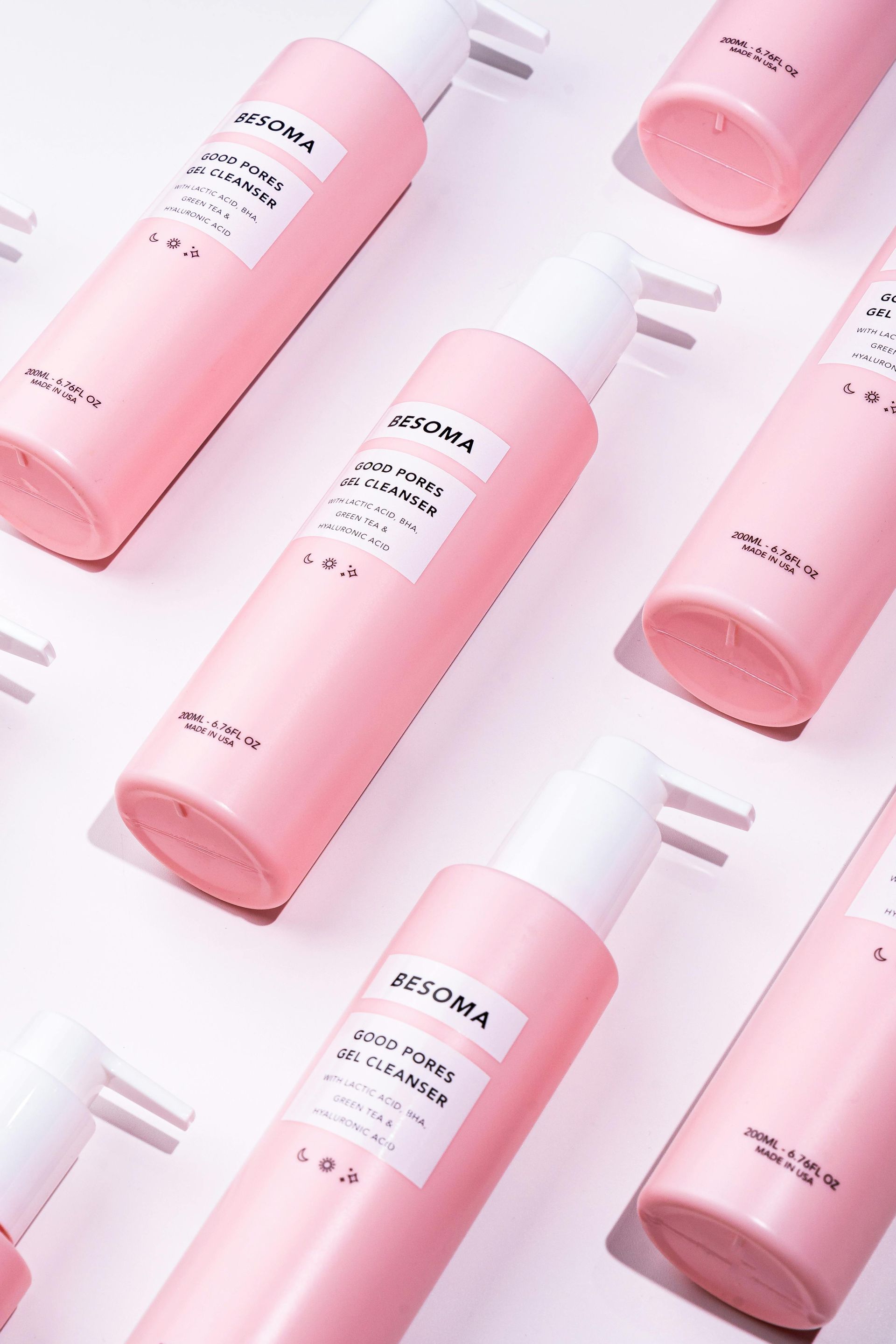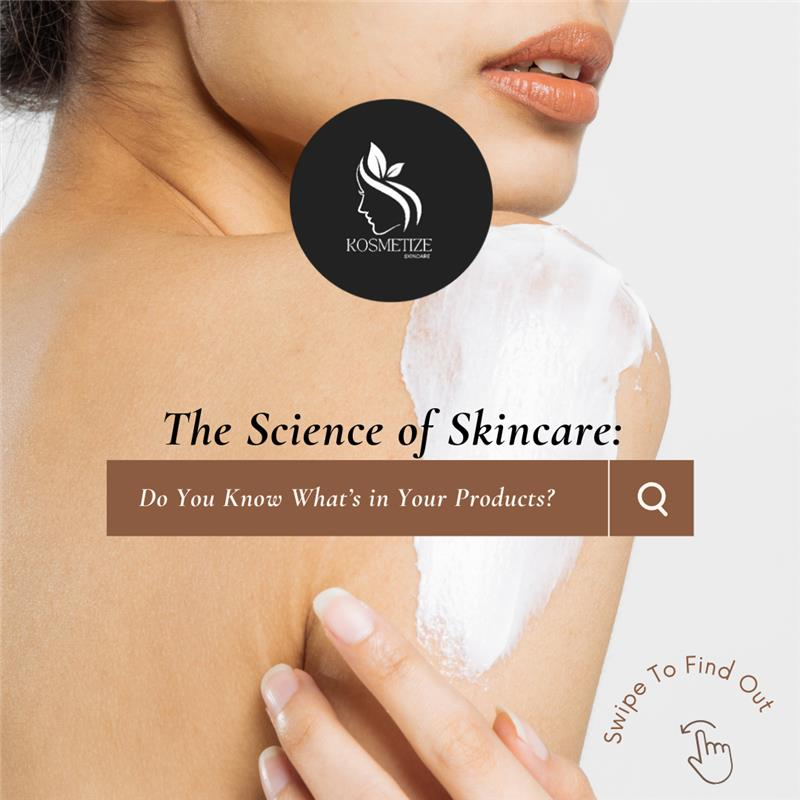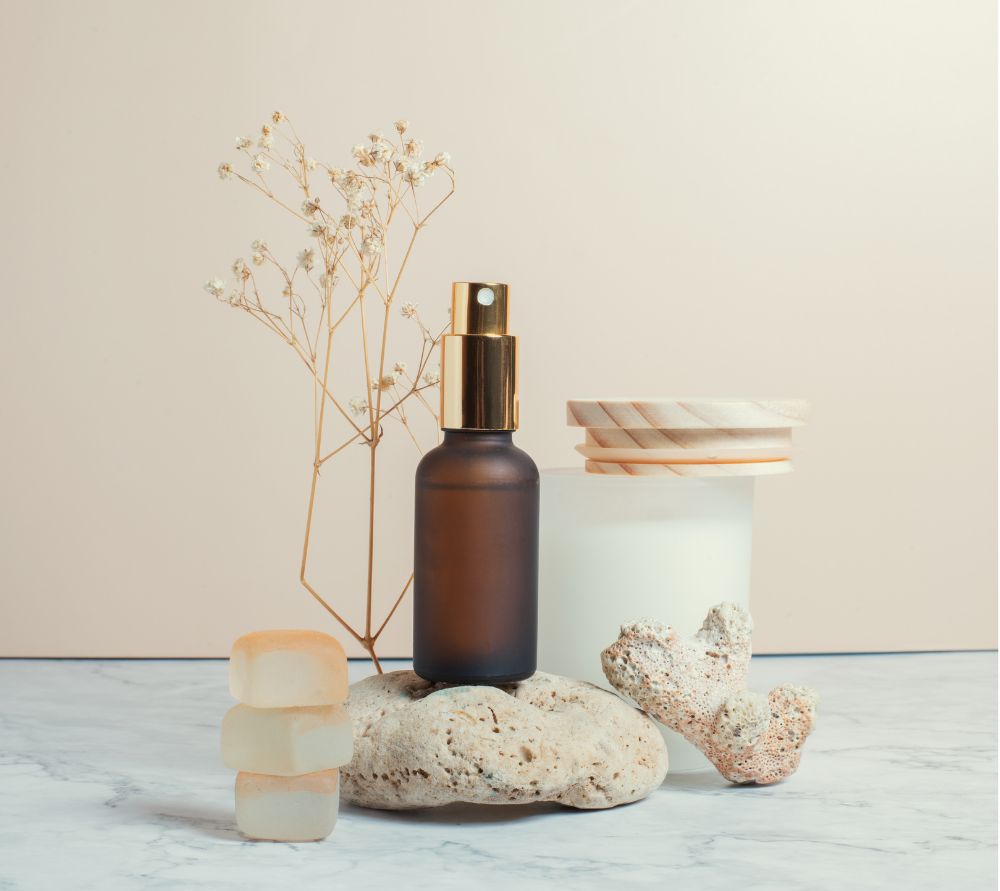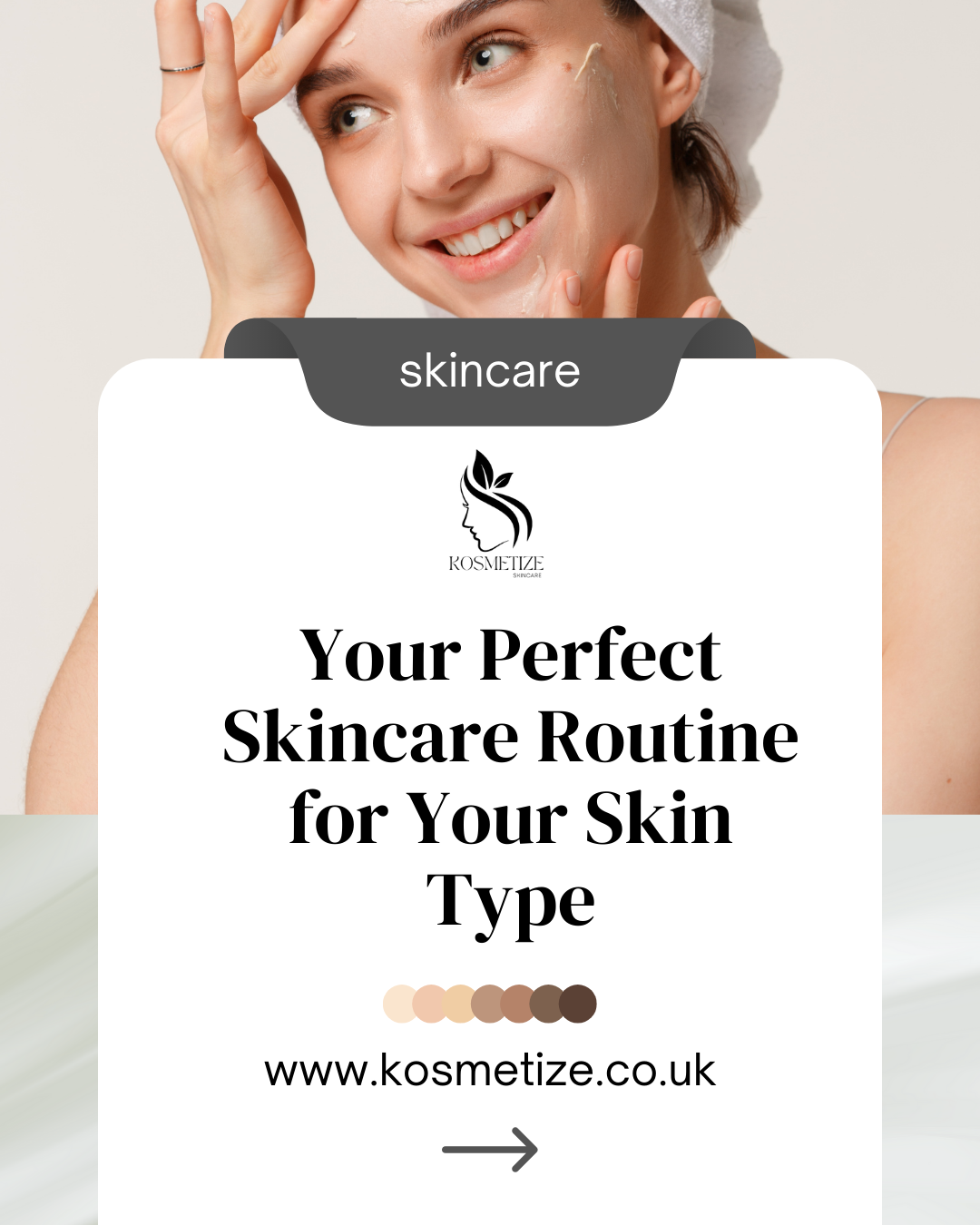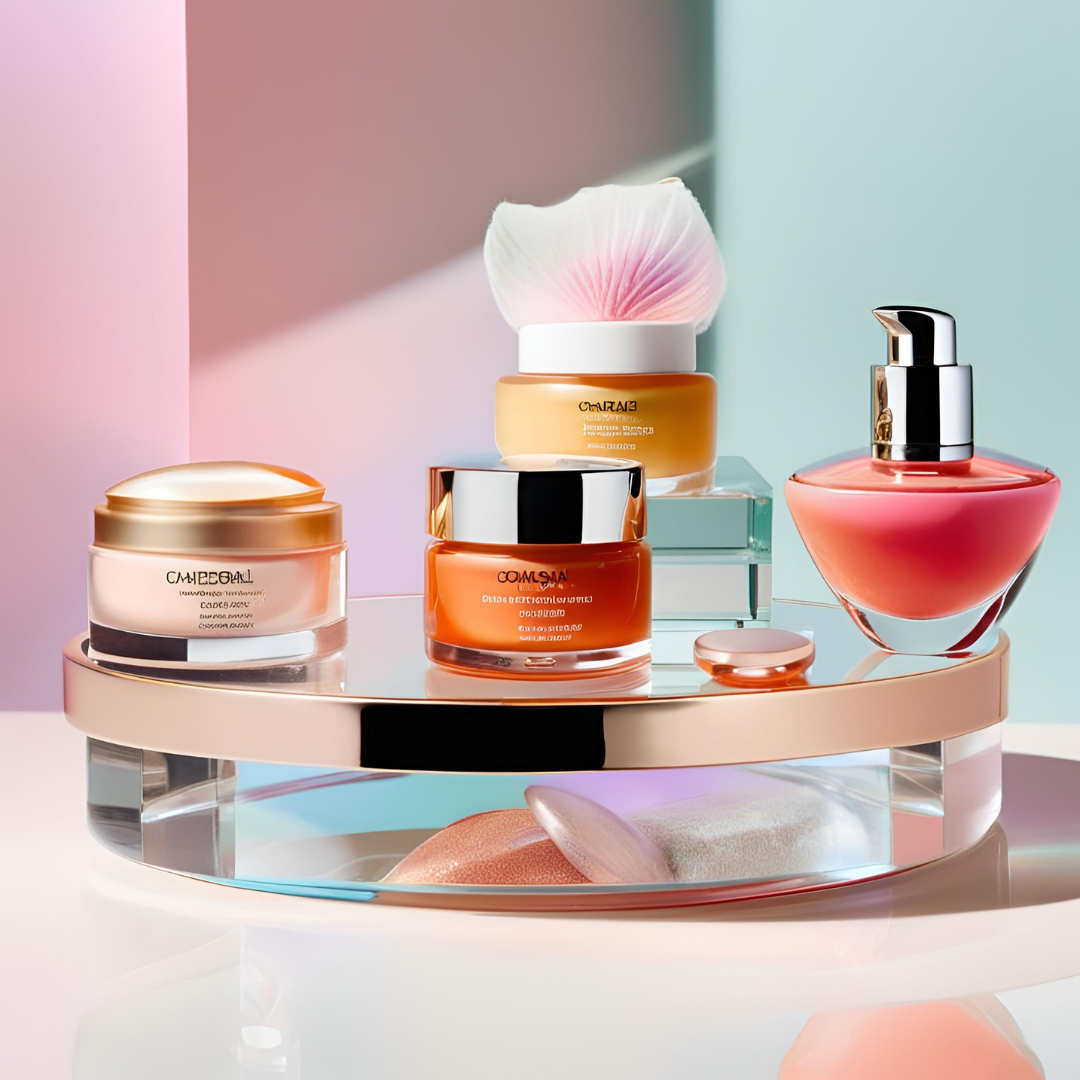Get in touch
+44 736 716 8889
info@kosmetize.co.uk
FOLLOW US
 slovenščina
sl
slovenščina
sl
 български
bg
български
bg
 ไทย
th
ไทย
th
 Afrikaans
af
Afrikaans
af
 Latviešu
lv
Latviešu
lv
 hrvatski
hr
hrvatski
hr
 Filipino
tl
Filipino
tl
 português
pt
português
pt
 Türkçe
tr
Türkçe
tr
 हिन्दी
hi
हिन्दी
hi
 Español
es
Español
es
 polski
pl
polski
pl
 ქართული
ka
ქართული
ka
 Español
es
Español
es
 Français
fr
Français
fr
 Italiano
it
Italiano
it
 Deutsch
de
Deutsch
de
 Nederlands
nl
Nederlands
nl
 English
en
English
en
 English
en
English
en
 Dansk
da
Dansk
da
 slovenčina
sk
slovenčina
sk
 português
pt
português
pt
 русский
ru
русский
ru
 Suomi
fi
Suomi
fi
 Español
es
Español
es
 日本語
ja
日本語
ja
 한국어
ko
한국어
ko
 Español
es
Español
es
 Tiếng Việt
vi
Tiếng Việt
vi
 简体中文
zh
简体中文
zh
 Deutsch
de
Deutsch
de
 Bahasa Indonesia
id
Bahasa Indonesia
id
 íslenska
is
íslenska
is
 Español
es
Español
es
 magyar
hu
magyar
hu
 繁體中文
zh
繁體中文
zh
 eesti
et
eesti
et
 Malti
mt
Malti
mt
 Français
fr
Français
fr
 العربية
ar
العربية
ar
 Español
es
Español
es
 Македонски
mk
Македонски
mk
 English
en
English
en
 繁體中文
zh
繁體中文
zh
Makeup Tips for Every Occasion: How to Get the Perfect Look Every Time
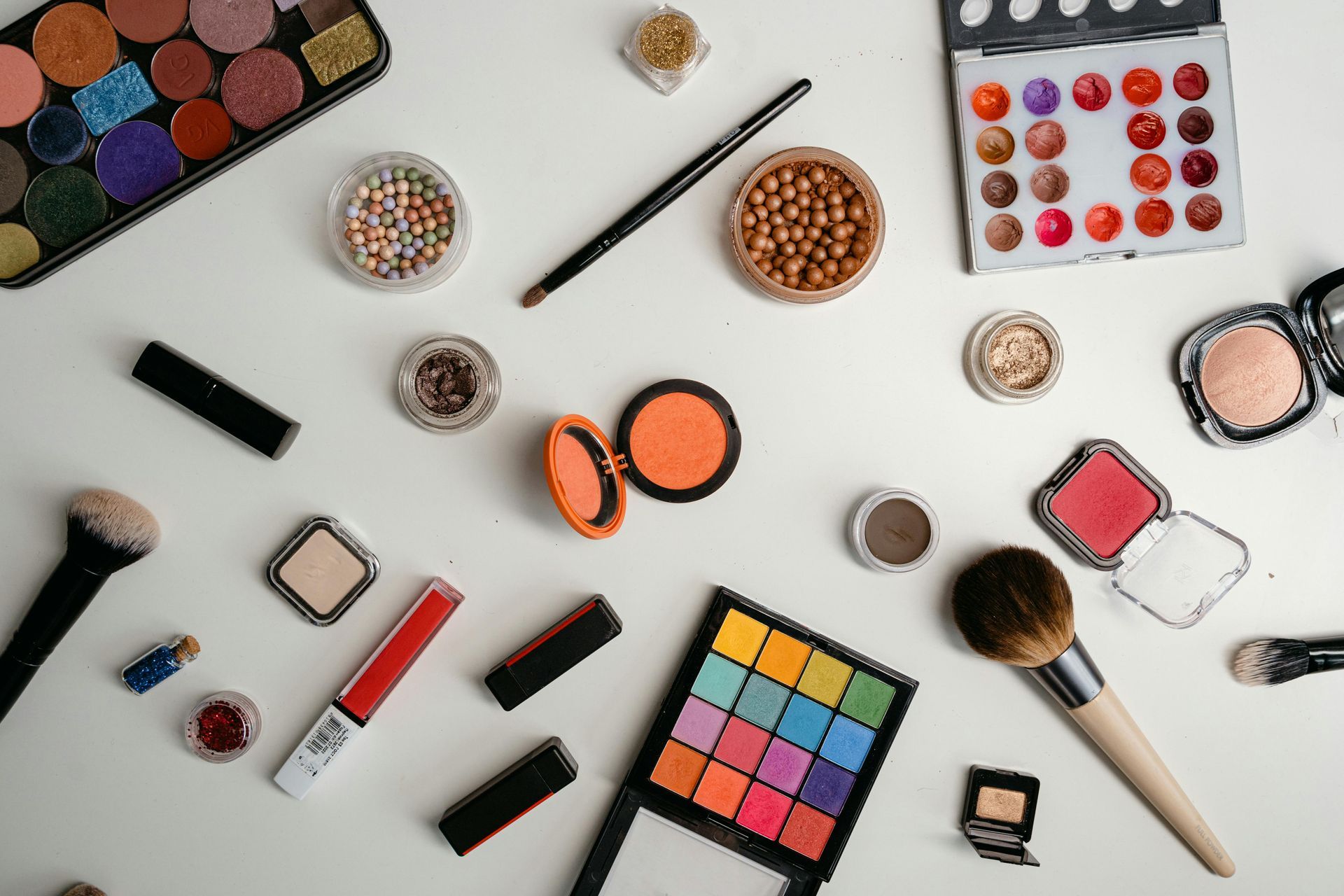
Finding the right makeup products for your skin type is essential to achieving a flawless, long-lasting look. Whether your skin is oily, dry, sensitive, or combination, using products that cater to its unique needs can help you avoid common issues like patchiness, excess shine, or irritation. Here’s a guide to help you choose the perfect makeup products for your skin type so you can enhance your natural beauty and keep your skin healthy.
Step 1: Know Your Skin Type
The first step to finding the right makeup products is understanding your skin type. Here's a quick breakdown of the main skin types and their characteristics:
- Oily Skin: If you have oily skin, your face may appear shiny, and you may notice larger pores and frequent breakouts due to excess sebum production.
- Dry Skin: Dry skin can feel tight or rough, with flaky patches or visible fine lines.
- Combination Skin: Combination skin features oiliness in the T-zone (forehead, nose, and chin) but dryness on the cheeks or around the mouth.
- Sensitive Skin: Sensitive skin often reacts to certain products, causing redness, irritation, or breakouts.
- Normal Skin: Normal skin is balanced, with few major concerns and no extreme oiliness or dryness.
Step 2: Choose the Right Foundation
Your foundation is the base of your makeup routine, so it’s important to pick one that complements your skin type.
- For Oily Skin:
- Best Formula: Look for oil-free, matte foundations that help control shine. Powder foundations and long-wear liquid formulas with a matte finish are excellent choices.
- Ingredients to Look For: Niacinamide (controls oil), salicylic acid (fights acne), and mattifying agents like silica.
- For Dry Skin:
- Best Formula: Choose hydrating foundations with a dewy or satin finish. Cream-based foundations and tinted moisturizers can help add moisture while providing coverage.
- Ingredients to Look For: Hyaluronic acid, glycerin, and moisturizing oils like argan oil.
- For Combination Skin:
- Best Formula: Use a balanced foundation that hydrates dry areas while controlling oil. Opt for a demi-matte or satin finish.
- Ingredients to Look For: A lightweight formula with hydrating ingredients like hyaluronic acid, but oil-free to manage the T-zone.
- For Sensitive Skin:
- Best Formula: Stick to hypoallergenic and fragrance-free foundations with minimal ingredients to avoid irritation.
- Ingredients to Look For: Aloe vera, chamomile, and anti-inflammatory agents.
- For Normal Skin:
- Best Formula: Normal skin types can use almost any foundation, but a lightweight, buildable formula with a natural finish often works best.
- Ingredients to Look For: Antioxidants like vitamin E to protect the skin.
Step 3: Select the Right Primer
A good primer can make a big difference in how your makeup looks and lasts throughout the day.
- For Oily Skin: Choose a mattifying primer that controls shine and keeps your makeup in place. Look for primers with silicone, which can blur pores and create a smooth surface.
- For Dry Skin: Opt for a hydrating primer that adds moisture and prevents foundation from clinging to dry patches. Look for primers with ingredients like glycerin or hyaluronic acid.
- For Combination Skin: Use a primer that balances hydration and oil control. You may want to apply a mattifying primer in the T-zone and a hydrating primer on the cheeks.
- For Sensitive Skin: Stick to fragrance-free, lightweight primers with soothing ingredients like aloe vera or chamomile.
- For Normal Skin: A lightweight, illuminating primer can help give your skin a natural glow and create a perfect base for your makeup.
Step 4: Choose the Right Concealer
Concealer is a must for covering blemishes, dark circles, and redness, but the formula you choose should suit your skin type.
- For Oily Skin: Look for oil-free, long-lasting concealers with a matte finish. Liquid concealers that dry down to a matte texture are ideal for keeping oily areas under control.
- For Dry Skin: Choose a creamy or hydrating concealer that won’t emphasize dry patches. Look for formulas that contain moisturizing ingredients like shea butter or squalane.
- For Combination Skin: Use a lightweight liquid concealer for the oily T-zone and a creamier formula for dry areas.
- For Sensitive Skin: Choose a fragrance-free, non-comedogenic concealer to avoid irritation. Stick to formulas with minimal ingredients.
- For Normal Skin: A buildable, medium-coverage concealer with a natural finish works well, allowing you to adjust coverage as needed.
Step 5: Pick the Right Powder
Powder can help set your makeup and reduce shine, but different skin types require different finishes and textures.
- For Oily Skin: Use a translucent, mattifying setting powder to control excess oil and keep your makeup looking fresh.
- For Dry Skin: Skip the heavy powders and choose a lightweight, hydrating finishing powder or avoid powder altogether. Look for formulas with a soft, radiant finish.
- For Combination Skin: Use a mattifying powder only in your T-zone, and a light dusting of a hydrating powder on drier areas.
- For Sensitive Skin: Choose a finely milled, hypoallergenic powder that is gentle on your skin. Mineral-based powders are a great choice.
- For Normal Skin: A lightweight setting powder that provides a natural or soft matte finish is perfect for locking in your look without adding heaviness.
Step 6: Choose the Right Blush and Bronzer
Blush and bronzer can add warmth and color to your face, but it’s important to choose the right formula for your skin.
- For Oily Skin: Opt for powder blushes and bronzers, which are less likely to slide off your face throughout the day. Stick to matte formulas to avoid extra shine.
- For Dry Skin: Cream blushes and bronzers work best, as they add a natural glow and hydrate the skin.
- For Combination Skin: Use powder products in the oily areas and cream products on drier sections for a balanced look.
- For Sensitive Skin: Choose fragrance-free, mineral-based blushes and bronzers to avoid irritation.
- For Normal Skin: You can use either powder or cream formulas depending on the look you’re going for. A natural, buildable blush and bronzer will work well.
Step 7: Pick the Right Highlighter
Highlighter can enhance your features and add radiance to your makeup look.
- For Oily Skin: Choose powder highlighters with a subtle glow to avoid making your skin look too shiny.
- For Dry Skin: Cream and liquid highlighters work best, as they blend seamlessly and add a dewy finish.
- For Combination Skin: A mix of powder and liquid highlighters can help you achieve the right balance.
- For Sensitive Skin: Stick to mineral-based, fragrance-free highlighters to minimize the risk of irritation.
- For Normal Skin: A soft, buildable highlighter in any texture will add the perfect amount of glow.
Final Thoughts
Choosing the right makeup products for your skin type can transform your makeup routine, making it easier to achieve a flawless and comfortable look. By understanding your skin’s needs and selecting products that work with—not against—your skin type, you can enhance your natural beauty and create a makeup routine that lasts all day. Remember to always test new products to ensure they work for your unique skin, and don’t be afraid to experiment until you find your perfect match!
